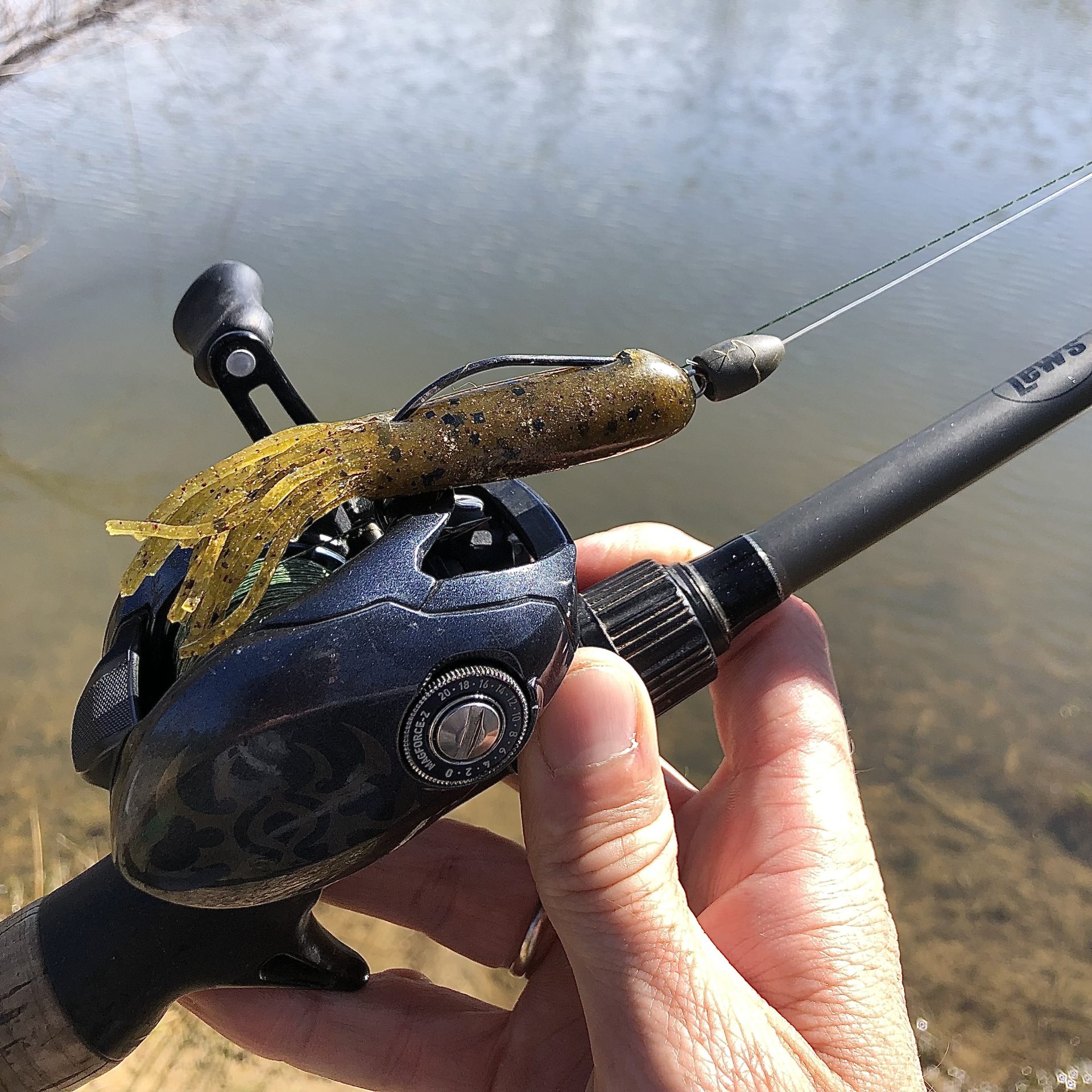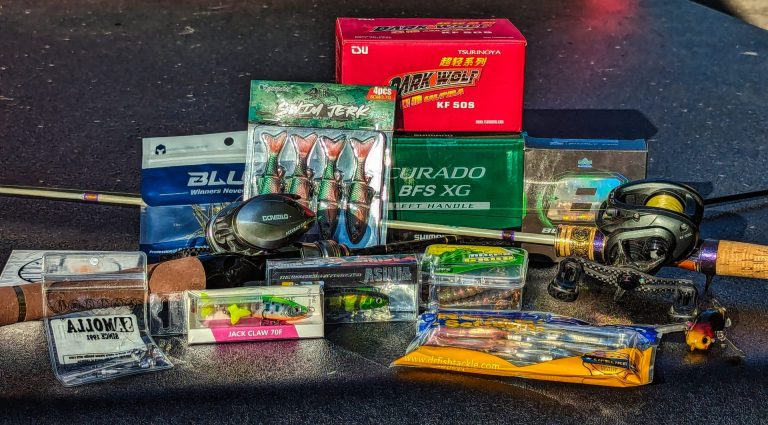Fishing Tube Baits: The Ultimate Guide
One technique many anglers overlook is fishing tube baits. Yes, those funny lures that resemble small octopi. They once were the go-to for flipping baits, Carolina Rigs, and weightless presentations, and for good reason -their action is unrivaled. As you cast out and let it sit, the tail waves in the current adding an enticing action. Many tournament anglers refer to these baits in high-pressured situations. However, they’ve been overshadowed by baits such as beaver-style creature baits, Senkos, and a smorgasbord of different moving baits.
But, Tube Baits haven’t lost their effectiveness. You can still catch fish using a simple tube set-up and go old school dragging across the bottom or with a straight retrieve. These baits are perfect for both large and small mouths when fished right. If you’re new to tube fishing, or you’ve fished tubes in the past and need a refresher, check this ultimate guide to fishing tube baits, get out there, and rip some lips!
How To Choose The Right Tube?
With the number of different styles of tubes: Tournament style, double dipped style tubes, finesse style, where do you start? For starters, find out what the local forage is on your water. By this, I mean, are the bass eating blue gill, gizzard shad, rainbow trout, crayfish, and shiners? Knowing this will tell you the size and color of your tube. This can be said about any lure as well.
For example, if you notice bass chasing small bait fish up to 1 -2″, you should go with a tournament-style tube like the Dry Creek Tournament-style tubes with a skinnier body. If your lake happens to have bait fish such as Gobies, you can use a double-dipped (larger profile bait) to imitate that stubbier body type.

Tube Bait Colors
Choosing the right color comes down to water clarity and forage. For me, a rule of thumb is when water clarity is dingy 1-6 ” of visibility, I go with a darker color like dark brown up to Junebug and black.
If water clarity is above 12″ I tend to lean toward a pumpkin green. Forage should be considered as well when selecting your color and body type. For example, if bass are foraging on bluegill, your tube color should have a larger profile to mimic the stubby appearance. Some great brands to start you off:
How To Rig A tube Bait
You can rig a tube bait in several ways;
- Texas rig
- Weightless
- Jig Head
These rigging styles will get you through most situations including fishing around grass and other cover, and open water. When rigging a tube Texas rig, push the hook through the top of the bait and turn it 180 degrees. Then push the hook back into the bait.

Using a jig head, slide the head into the body of the tube until you reach the top. Then push the eye of the hook through the body of the bait.

Rod, Reel, And Line
When selecting the correct rod and reel for tube bait fishing, it all comes down to weight. My rule of thumb is whenever I throw a weight 3/8 oz or more, I switch to a bait caster. Below 3/8 oz – I’ll throw it on a spinning reel. (Note: for us BFS guys, a baitcaster is all you need!)
For line weight, you can go with anything from 10-15 lb mono when fishing open water on a 6-7′ medium heavy rod. When fishing grass and/or around structures like docks, rocks, or seawalls, many anglers will fish a braided line, 20-30 lb to a fluorocarbon leader. (Aaron: I have been having success with 8lb braid on power BFS set-ups).

Fishing Tube Baits: How to
One effective way to fish a tube is the cracking method. Simply cast out, let your tube hit bottom, then begin raising your rod tip as you pop the slack in the line, and repeat this to the boat. By popping the slack in the line, you’ll move your bait a few inches as it pops up and spirals down. After cold fronts and storms, let your bait pause for a moment, giving it 5-10 seconds between pops. This small cracking action will mimic the fast darting movement of a crawfish.
Alternatively, you can slowly drag a tube along the bottom while maintaining bottom contact when fish are lethargic.
Flipping Tube Baits
My favorite technique is flipping a tube around cover. Grass, boat docks, and fallen trees can hold bass in the heat of summer. Flipping involves a good braided line, a fluorocarbon leader, a flipping weight, and a heavy flipping hook (EWG).
- Find a shaded area – somewhere close to cover such as a fallen tree and/or a patch of thick grass.
- Flip your tube and give it a shaking action the way you would with a shaky head or a drop shot.
- Watch your line for twitches and jumps.
Terminal Tackle
Weight size all depends on the depth you’re flipping in. If I’m flipping into 4-5 ft and around moderate cover such as grass and boat docks, I go with 3/8 oz tungsten flipping wights and an EWG hook. For heavier cover and deeper water, I go with a 1/2 oz.
How To Select a Flipping Tube
Larger profile tubes generally work well in grass and around boat docks. A larger profile imitates a bait fish and also stands out among visual obstruction.

Dead Stick It
One great method of fishing a tube is dead sticking it. Cast out and let your bait hit the bottom. Let your bait sit still for 5-10 seconds, then drag it along slowly and pause it again. Imparting too much action on any lure can often be too much. Dead sticking is a great way to fish right after cold fronts and storms.
Tubes are Versatile
The bottom line is this – if you’re not fishing tube baits, there are times when you’re not catching as many fish as you could be landing. So head out and throw a tube – they work year-round, but they are especially effective in spring and fall when bass are feeding heavy on crayfish. But tubes can imitate almost any forage year round.
Note from Aaron: I had NEVER caught a fish on tube until the day I read this article. Coincidence? Maybe. But I appreciate Jason taking the time to share his tips with me – and you.






